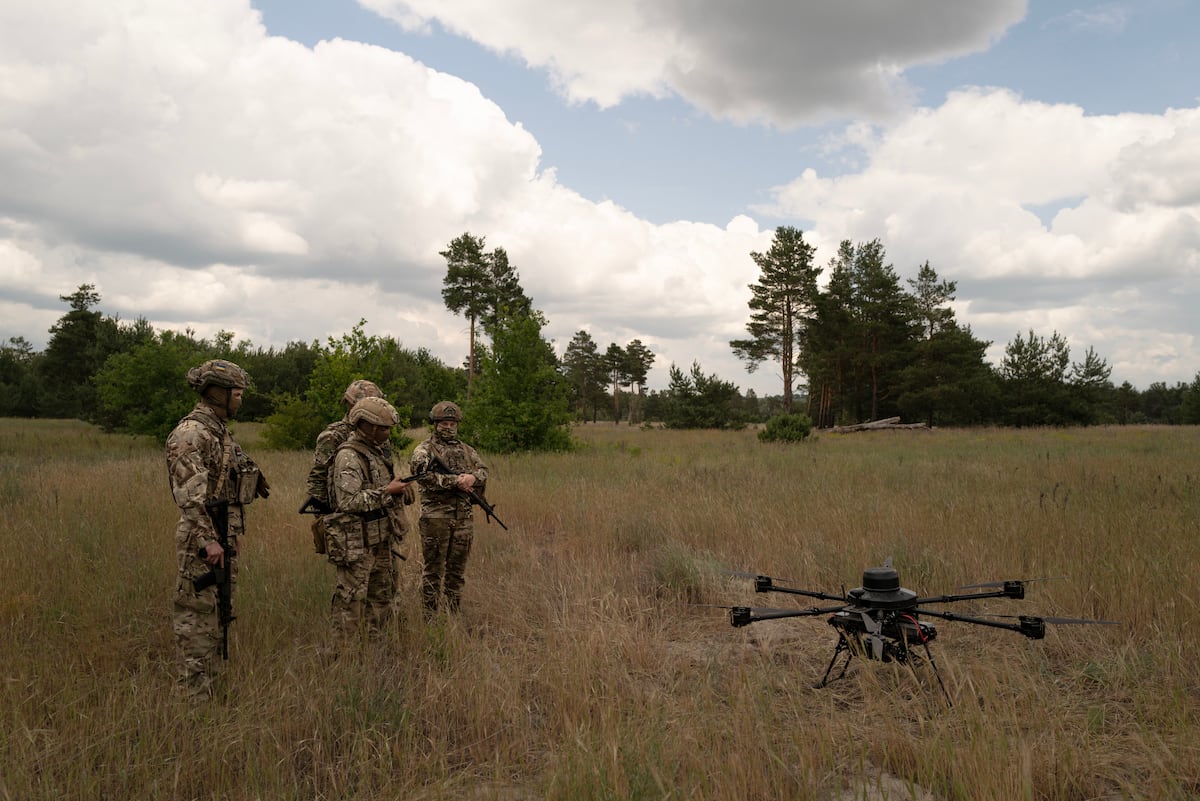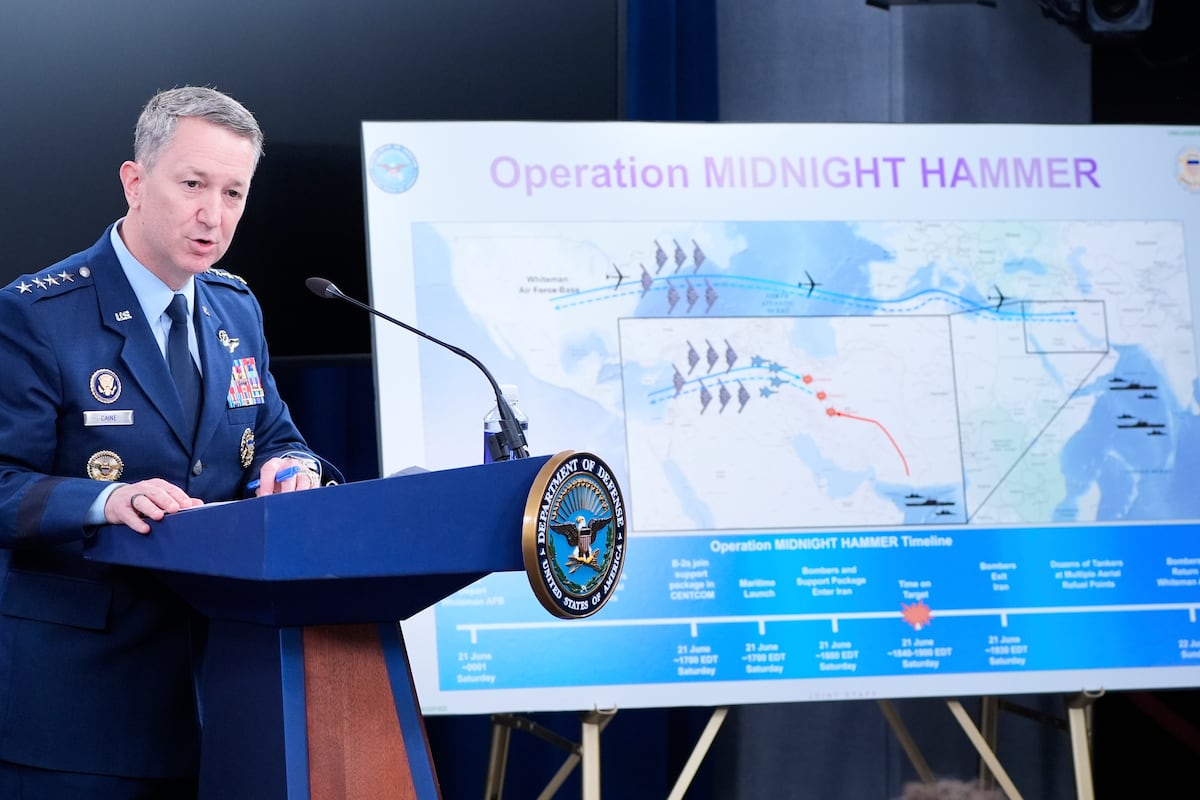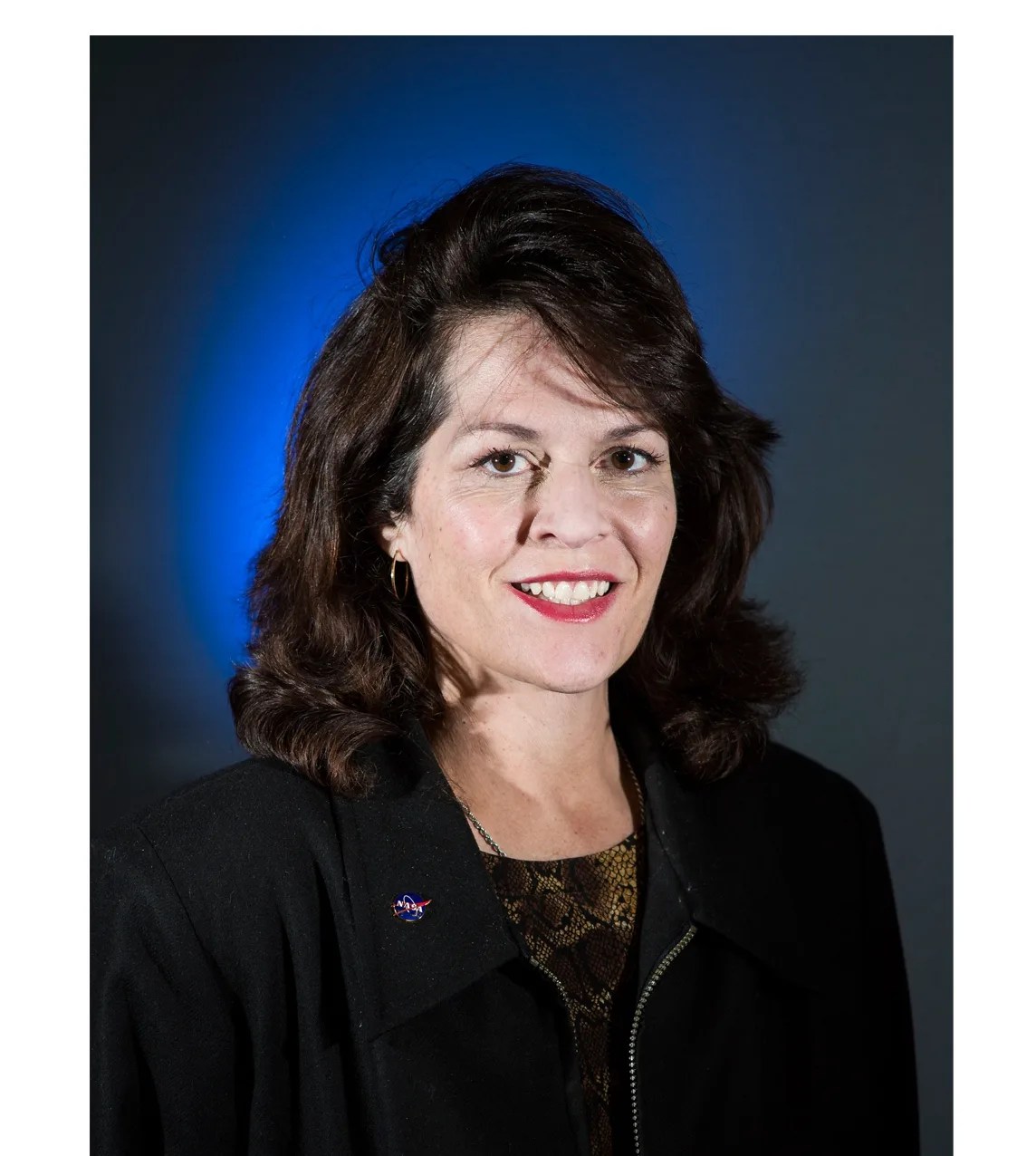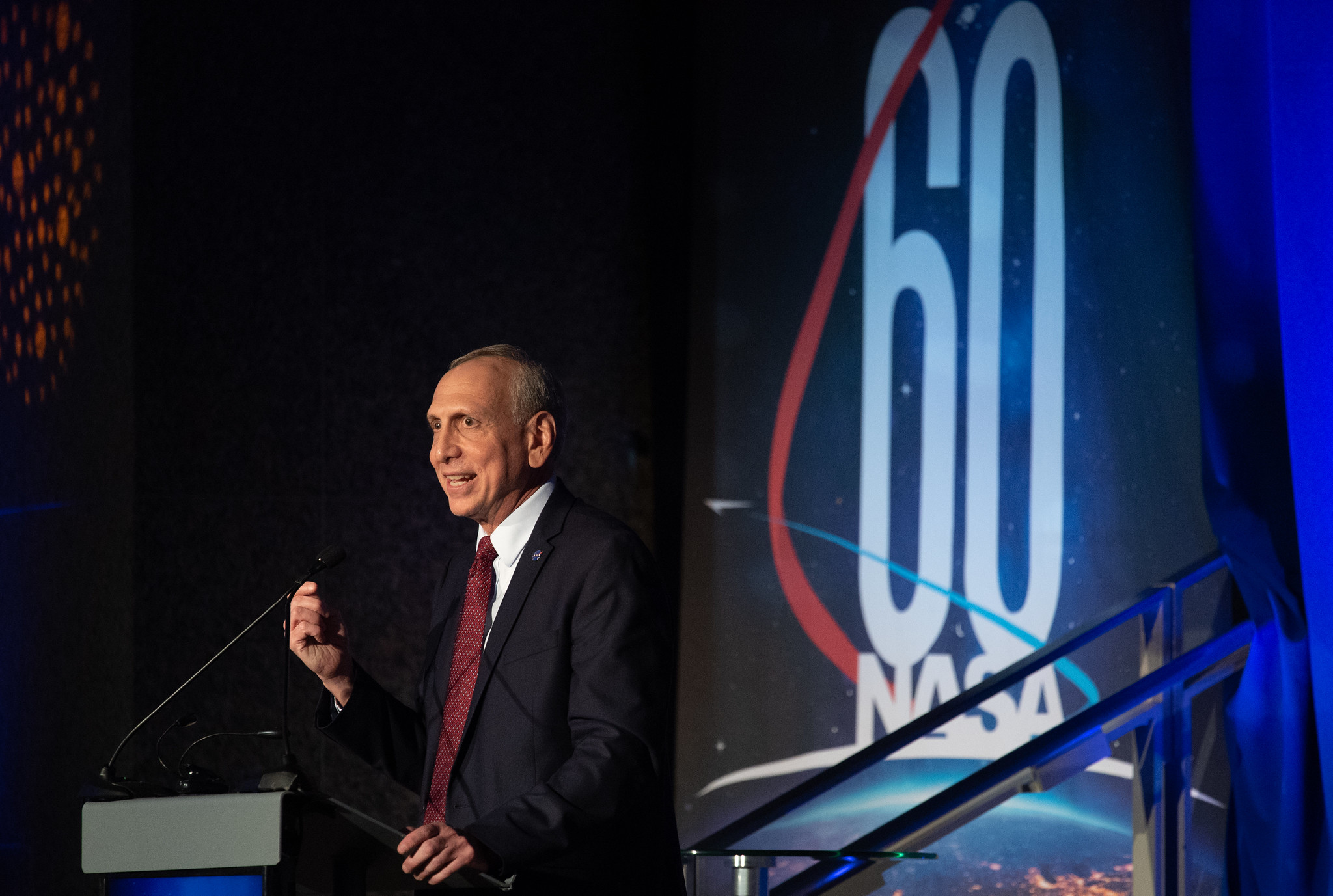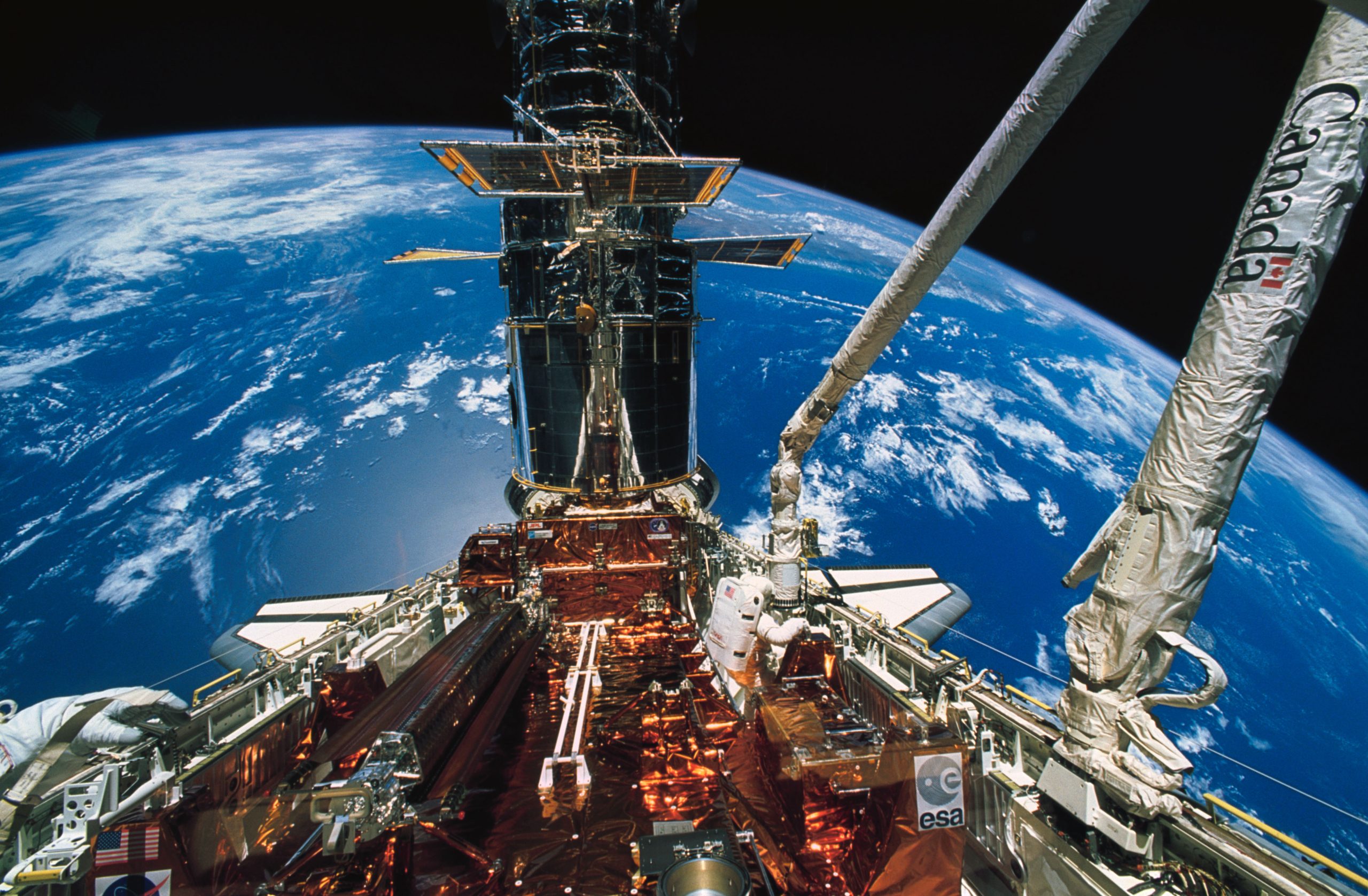25 Years Ago: NASA, Partners Begin Space Station Assembly
NASA is marking 25 years since the first two elements of the International Space Station were launched and joined

NASA is marking 25 years since the first two elements of the International Space Station were launched and joined in space. Today, the space station remains a global endeavor with 273 people from 21 countries now having visited the microgravity laboratory and has hosted more than 3,700 research and educational investigations from people in 108 countries and areas.
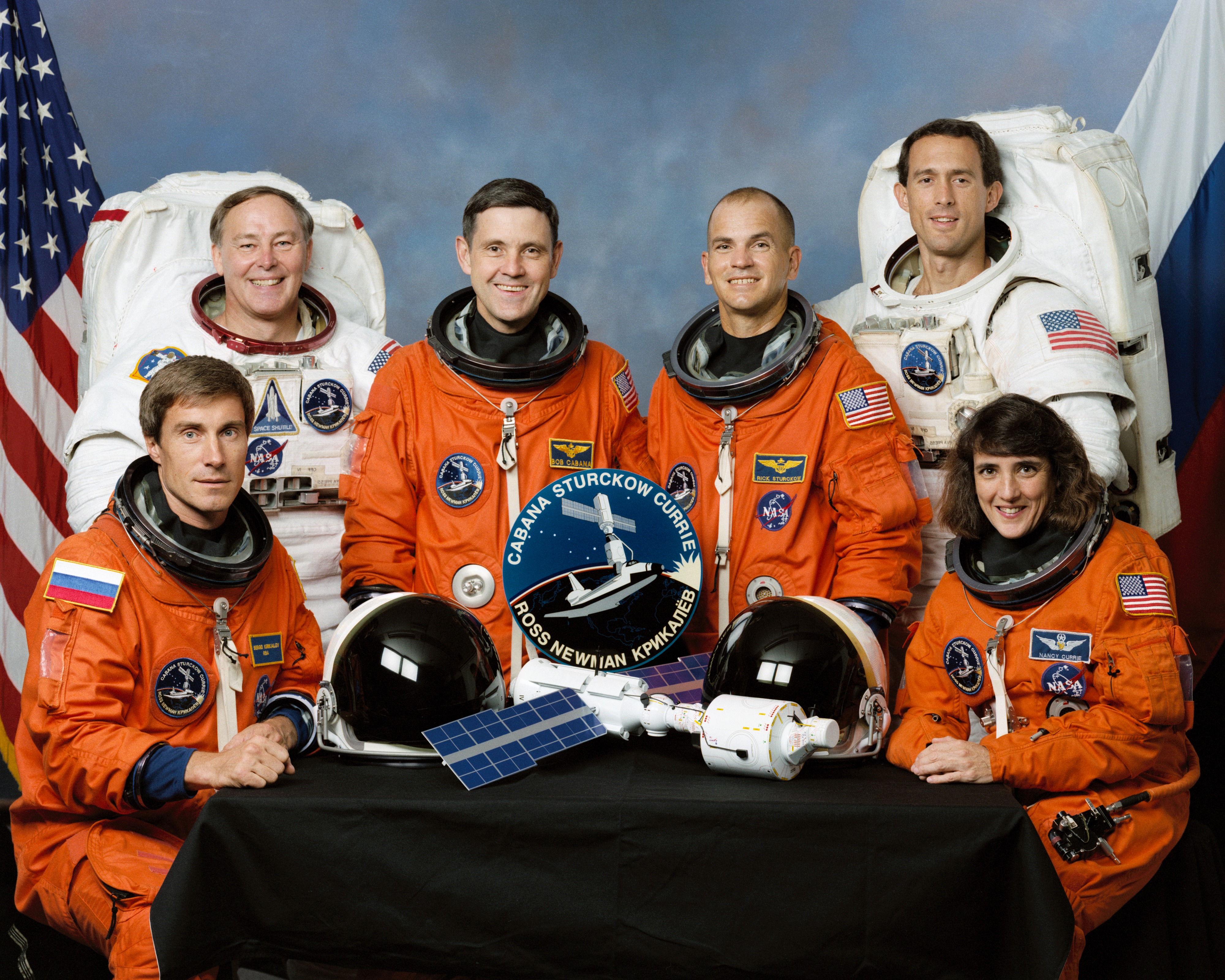
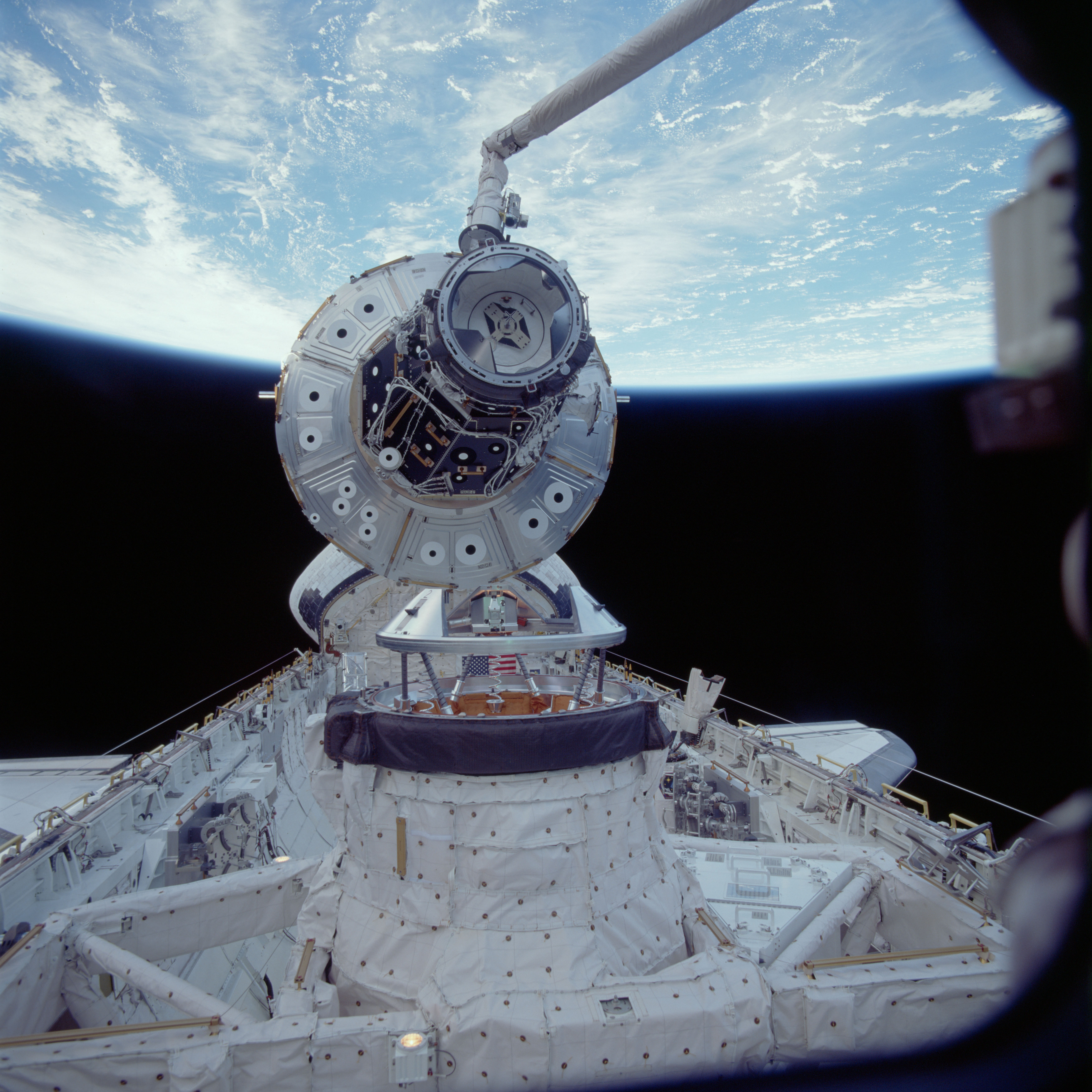
Left: Launch of space shuttle Endeavour from NASA’s Kennedy Space Center in Florida on the STS-88 mission to deliver the Unity Node 1 module. Middle: The STS-88 crew. Right: The Unity Node 1 module being lifted out of the cargo bay.
On Nov. 20 and Dec. 4, 1998, Zarya and Unity, respectively, launched into orbit as the first two modules of the International Space Station. On Dec. 6, 1998, the space shuttle Endeavour STS-88 crew, NASA astronauts Bob Cabana, Rick Sturckow, Nancy Currie, Jerry Ross, and James Newman, along with Russian Space Agency (now Roscosmos) cosmonaut Sergei Krikalev, captured the Zarya module with the space shuttle’s robotic arm and mated it to Unity.
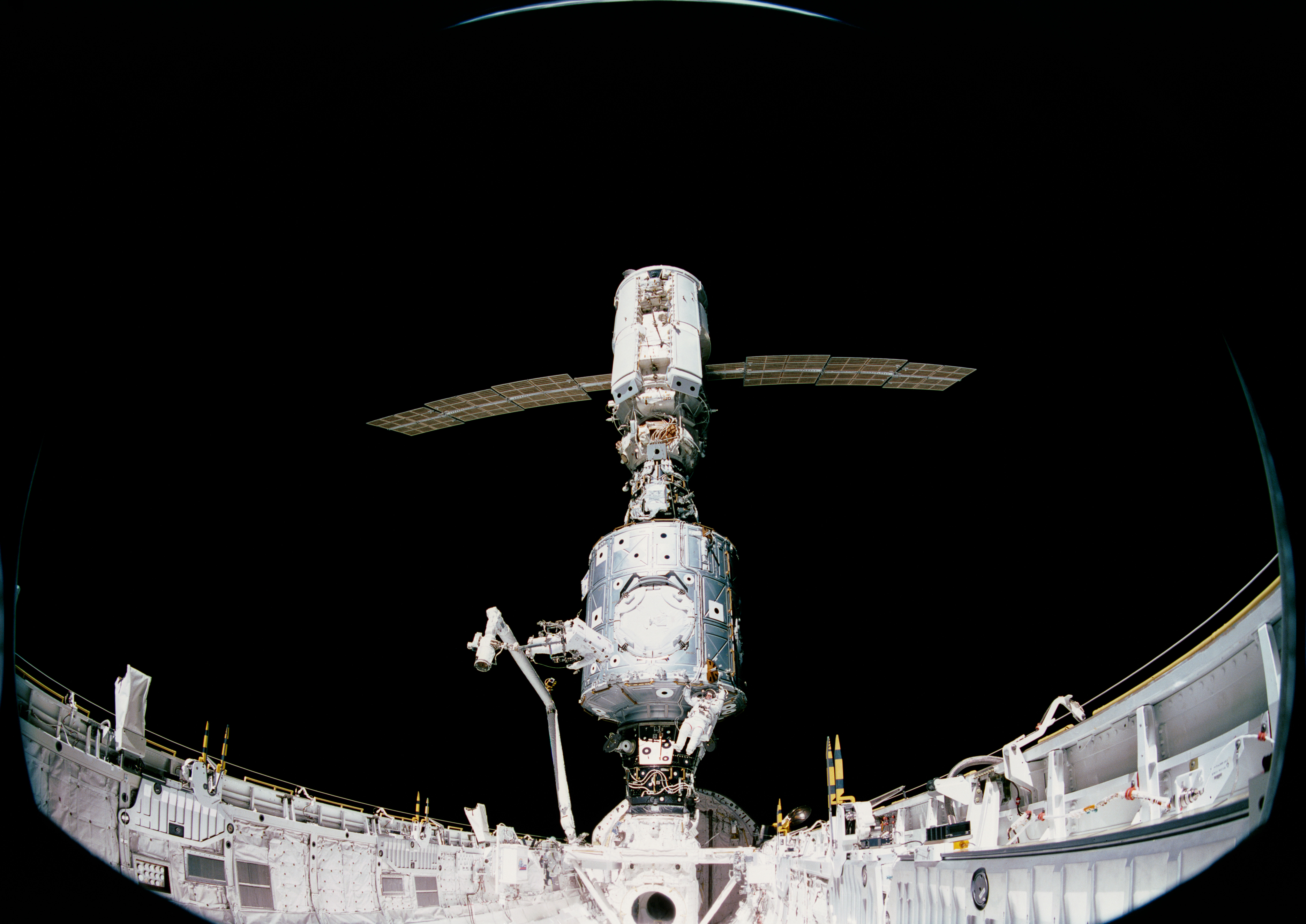
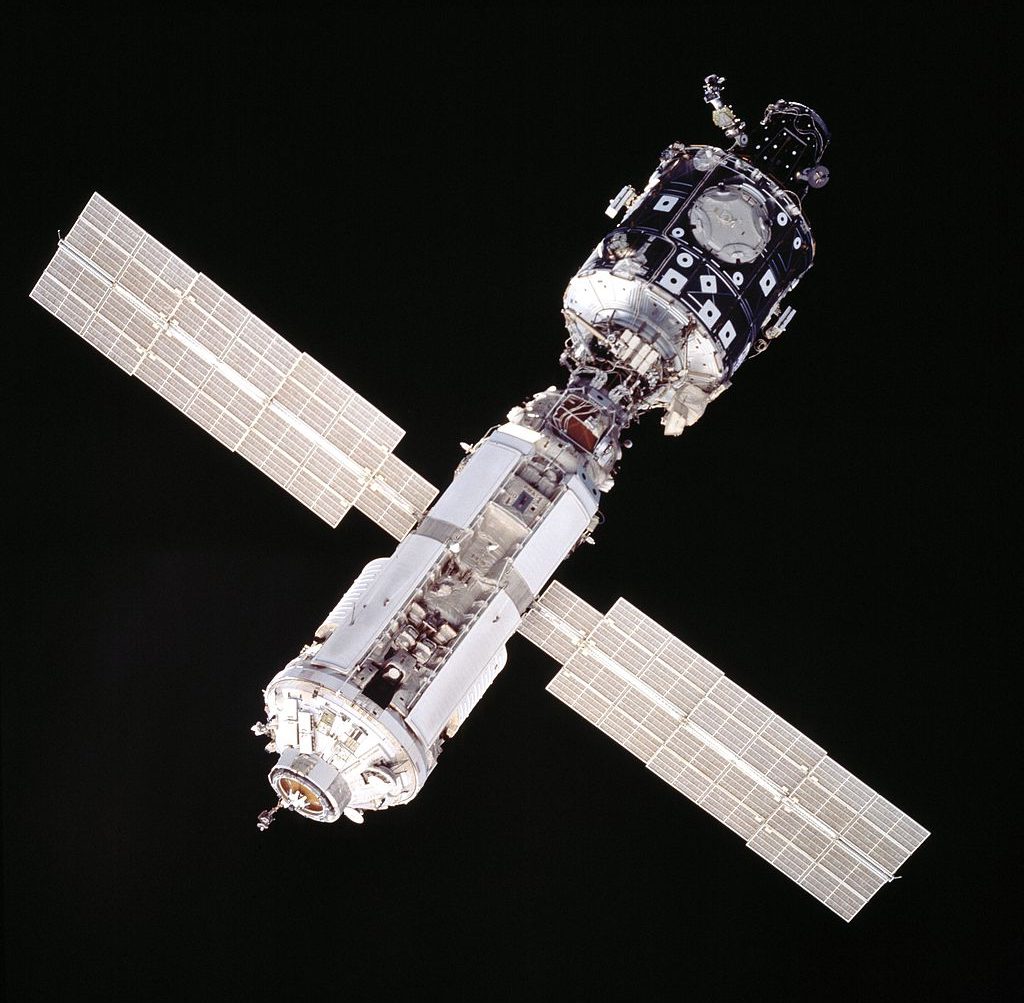
Left: Zarya has been mated with Unity in the shuttle’s cargo bay and astronauts are outside making connections between the two modules. Right: The space station’s first two elements after release from the space shuttle.
Engineers thousands of miles apart designed and built the two modules and the elements first met in space. The STS-88 crew, commanded by Cabana, spent the next few days and three spacewalks making connections between the two modules before releasing the early station. Since the joining of Zarya and Unity, the space station has grown with additions from international partners, resulting in the largest and most complex piece of technology constructed in space. In November 2000, the space station received its first long-duration residents, Expedition 1, including NASA astronaut William Shepard, and Roscosmos cosmonauts Krikalev and Yuri Gidzenko. Since that time, international teams have kept the space station permanently inhabited, performing routine operations and maintenance including dozens of spacewalks, and conducting world-class research in a wide array of scientific disciplines. From visiting spacecraft with cargo, crew, and private astronauts, to spacewalks for station upgrades, to science investigations and technology demonstrations, to commercial activities, to public outreach and STEM downlinks, the International Space Station is a busy orbital outpost and microgravity laboratory. Now, more than ever, utilization, advancements, and results are adding up for the benefit of humanity.
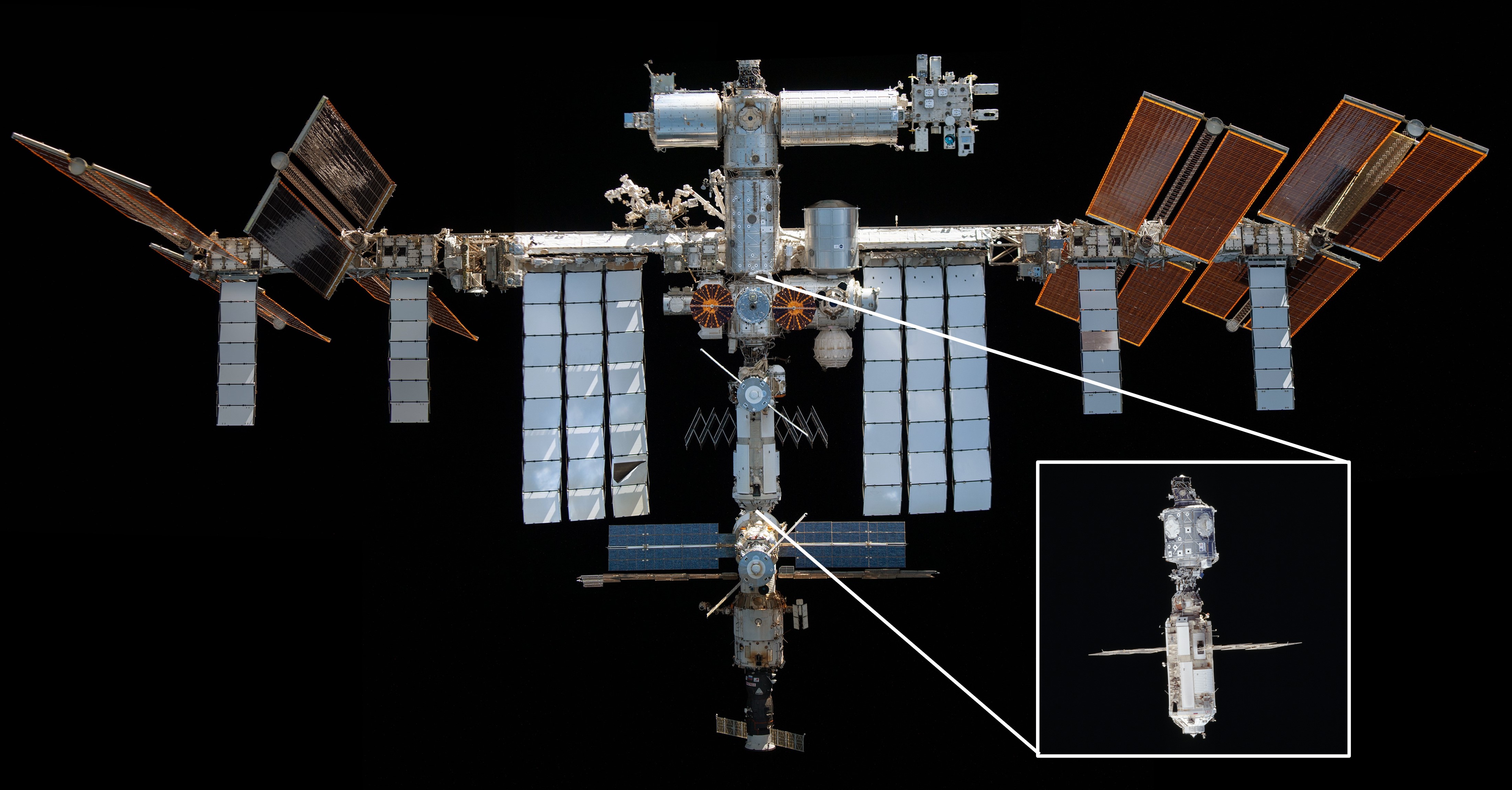
The International Space Station as it appeared in 2021, compared to Zarya and Unity at the same scale in the inset.

